In 2015, the first series of Humans (Sunday) was apparently Channel 4’s most watched home grown drama since The Camomile Lawn: a programme broadcast when Neil Kinnock was still the Labour leader and given a obvious ratings boost by the tabloid outrage about its many nude scenes (and by its many nude scenes). In the case of Humans, though, the British people can’t be accused of ulterior motives, because this is a winningly intelligent piece of sci fi that ponders, among other things, the nature of consciousness and the future of the human race.
Cleverly, too, it’s set, not in a domed city of jet packing commuters, but in a world very like our own. Except, that is, for the presence of extremely human looking robots, known as ‘synths’, who already do most of the manual work and now seem set to carry out much of the white collar sort too. The trouble is that five of them were secretly endowed with full human consciousness by a mysterious dead scientist called David Elster, and the first series ended with the creation and theft of a flash drive that could upload such consciousness to every synth on earth. If so, this might well lead to what’s known to scientists as the Singularity — and to generations of sci fi fans as Robots Taking Over the World.
The theft was carried out by Niska, who demonstrated her status as the most rebellious conscious synth early in the last series when she strangled to death an especially seedy client in the brothel where she worked. On Sunday, we first saw her hiding out in Berlin where she alternated between a lesbian affair and reading Hegel in a bid to decide whether uploading the consciousness data would be ethical. Eventually she decided it would — although, somewhat anti climactically, the results were almost Brexit like in their failure to produce instant apocalypse. Instead, a synth in a Bolivian mine, and another in a Nottingham factory waggled their fingers around a bit, looked puzzled, and ran away. Later, one confirmed how human she was becoming by declaring, ‘There’s too much contradictory data. Nothing makes sense.’
Meanwhile, in the fully human world, the Hawkins family who — for reasons that really needn’t detain us here — had been important allies of the conscious synths last time round were trying hard to settle back into suburban life. OK, so Laura and Joe had to go to a synth marriage counsellor because of him sleeping with the synth house help, and he also learned that his job was to be made ‘a non human role going forward’. Otherwise they were having a pretty dull time until Niska showed up to explain that she was going to hand herself in for the brothel murder, but wanted lawyer Laura’s support in being tried as a human, ‘a conscious being with rights equal to yours’.
In other words, another thumping theme is now being added to the mix — the only question being whether the mix can take it. So far, the programme has been miraculously good at combining its more metaphysical concerns with thoroughly imagined, often moving drama. Yet on Sunday, for the first time, I did wonder if its appeal, while still considerable, is in danger of becoming primarily cerebral. Admittedly, this is not something that many TV dramas can be accused of — and it may not even be a fault exactly. But in Humans, of all programmes, it would be a shame, as well as an irony, if the human and emotional stuff were downgraded too much.
BBC Four’s Peter York’s Hipster Handbook (Thursday) brought us a ‘field study’ of those blokes with beards and plaid shirts whose natural habitat appears to be any urban area with lots of vinyl record shops. At first, it seemed the programme would mostly consist of hipsters in full rig telling York that they don’t think of themselves as hipsters. But after a while, it settled down into a rather thoughtful documentary in which York did a particularly fine job of being understandably amused without sneering.
One reason for the hipsters’ rise, he convincingly suggested, is ‘the masculinity gap’. Or, as Frank Skinner once put it, now that young men are no longer allowed such traditional male behaviour as looking at girls and glassing each other in pub car parks (it’s political correctness gone mad) they can at least grow beards. They can also dress as old fashioned working men even if they’re web designers.
Oddly, all this is done in the name of ‘authenticity’, a key hipster concept, which explains why their cafés have bare brick walls, why so many of their products are preceded by the word ‘artisanal’ and why coffee shops in Brooklyn can charge $12 a cup. York’s verdict, indisputable as far as I can see, was that hipsterdom is ‘more a consumer culture than a counterculture’ — and in fact, with those hipster signifiers spreading fast, it’s now turning into ‘one of the most successful consumer movements ever’.
Got something to add? Join the discussion and comment below.
Get 10 issues for just $10
Subscribe to The Spectator Australia today for the next 10 magazine issues, plus full online access, for just $10.

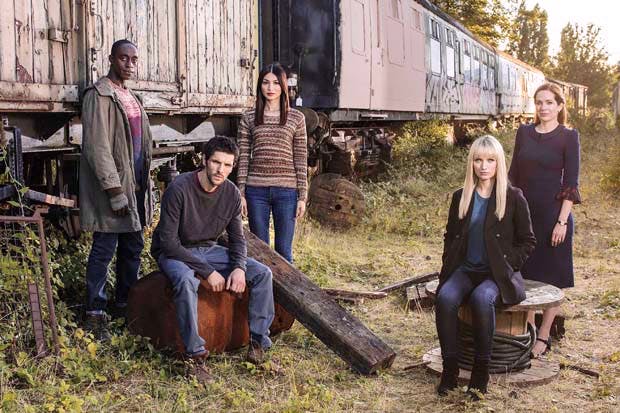
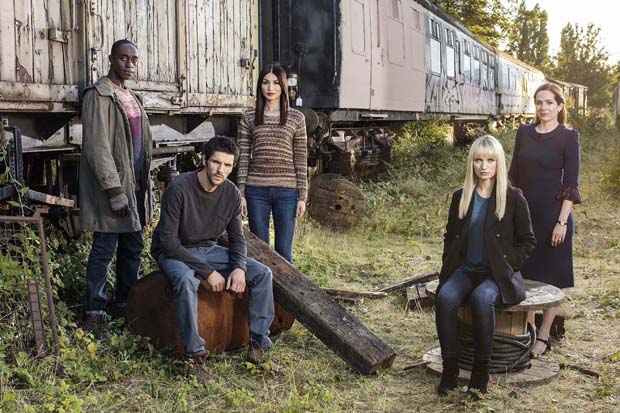

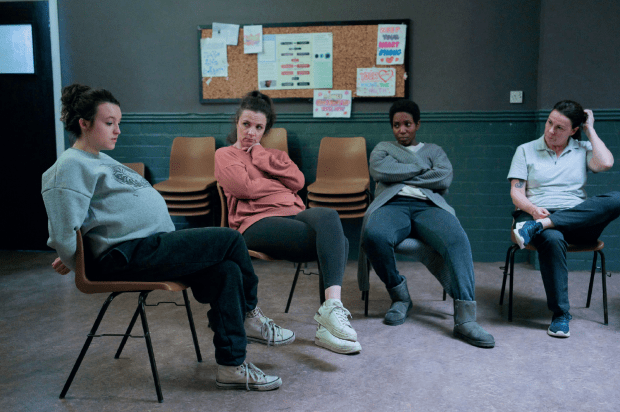
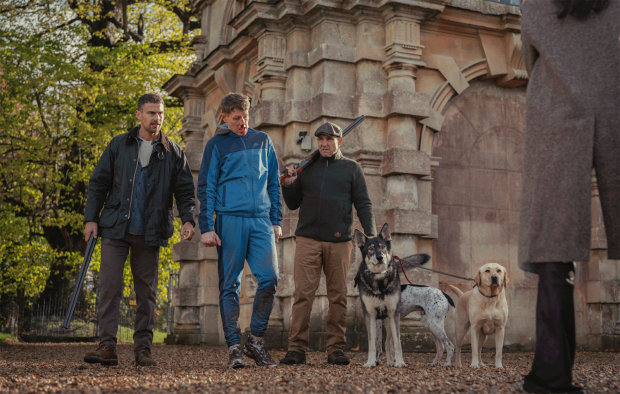
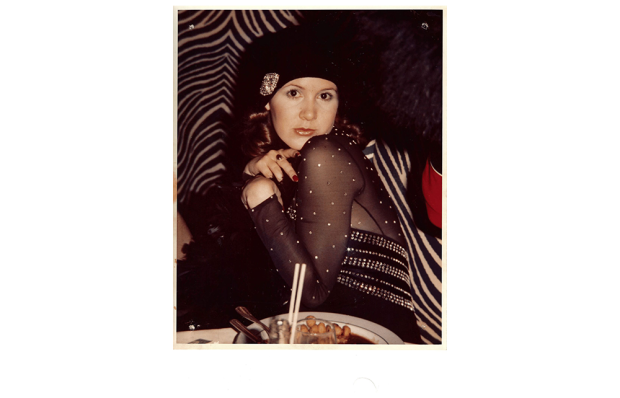
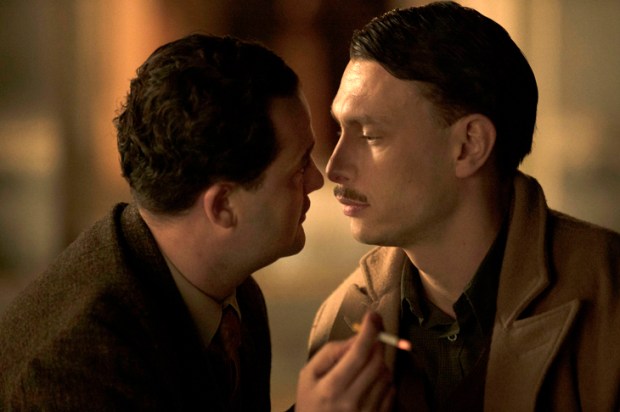






Comments
Don't miss out
Join the conversation with other Spectator Australia readers. Subscribe to leave a comment.
SUBSCRIBEAlready a subscriber? Log in